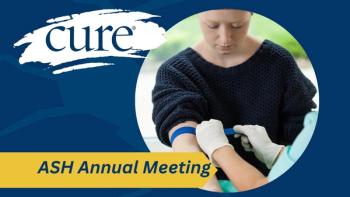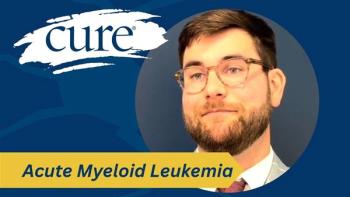
During Treatment
Utilizing clinical trials and understanding potential side effects and complications.
After chronic lymphocytic leukemia (CLL) has been diagnosed, the follow-up schedule for patients depends on the stage of the disease and prognosis. Some patients live for decades without needing treatment, whereas others begin therapy after being diagnosed. In either case, doctors will continue to monitor kidney and liver function and watch for autoimmune complications, infections and other types of cancer.
Clinical Trials
Clinical trials allow patients with CLL to participate in controlled studies conducted by doctors to improve treatment. Patients and doctors looking for possibilities can search the website clinicaltrials.gov by topics such as disease type, drugs being studied and trial phase. Recent trials are investigating these new or improved drugs.
- Kinase inhibitor therapy: Drugs that target and destroy kinases, or enzymes, in cancer cells may produce fewer side effects than some chemotherapy agents. Examples of kinase inhibitor therapies include ACP-196 (acalabrutinib), IPI-145 (duvelisib), ABT-199 (venetoclax) and dinaciclib.
- Monoclonal antibody: The antibody MOR208, which targets cluster of differential 19 on the surface of CLL cells, is being studied in clinical trials and in combination with other therapies.
- Immunomodulatory drugs: Revlimid (lenalidomide), a targeted oral drug, stimulates the immune system to attack cancer cells. It is being evaluated in several CLL trials to see if it can improve the quality and length of time a patient responds to treatment.
- Allogeneic stem cell transplant: Researchers are studying how to use this type of transplantation to help high-risk CLL patients.
Side Effects
Therapy for CLL can produce side effects, which vary in intensity from patient to patient. Some people never experience them, whereas others require hospitalization for treatment-related problems. The side effects from monoclonal antibody therapy are usually milder than those from chemotherapy.
Before initiating treatment, talk to your doctor about potential side effects and how to prevent or manage them. Below are the common side effects of chemotherapy; these symptoms usually occur to a lesser extent with other treatments.
- Extreme fatigue.
- Infections.
- Hair loss.
- Nausea and vomiting.
- Diarrhea.
- Constipation.
- Mouth sores.
- Aches and pains.
- Low blood pressure.
- Low levels of red cells, white cells and platelets in the blood.
- Anemia (caused by a low red cell count).
- Monoclonal antibody injections can sometimes cause temporary fever, chills or low blood pressure.
Disease Complications
For patients with CLL, the disease also can lead to other conditions.
- Richter transformation: About 3 to 5 percent of people with CLL develop this aggressive lymphoma, which can cause fever, weight loss, tumors of lymphocytes in parts of the body other than the lymph nodes and significantly enlarged lymph nodes. This condition is treated with aggressive chemotherapy and reduced-intensity allogeneic transplantation if possible.
- Autoimmune hemolytic anemia: This occurs in patients who produce a type of antibody that works against their own red blood cells. Less often, the antibody works against the platelets, which is called immune thrombocytopenia. Drugs such as prednisone (a steroid drug), Rituxan (rituximab) and cyclosporine can be used to treat these conditions.
- Prolymphocytes: About 15 percent of people with CLL have cancer cells that are a mix of lymphocytes and another type of white blood cell called a prolymphocyte. These patients usually follow the typical treatment protocol for CLL; in a small percentage, however, the blood cells become mainly prolymphocytes and the disease is less responsive to treatment.
- Secondary cancers: People with CLL have an increased risk of developing secondary cancers, including soft tissue sarcoma, melanoma, colorectal cancer, lung cancer, squamous cell skill cancer, basal cell carcinoma and acute myeloid leukemia.
Lifestyle Changes
Although it is not yet clear if following a healthy lifestyle can decrease the chances that cancer will grow or come back, exercising, eating a nutritious diet and taking supplements can benefit health beyond the risk of CLL. Patients who are interested in using dietary supplements should talk to their doctor first. Remaining physically active and exercising to extent possible, even if for short periods of time can also help with conditioning, energy level, sleep and mood.





